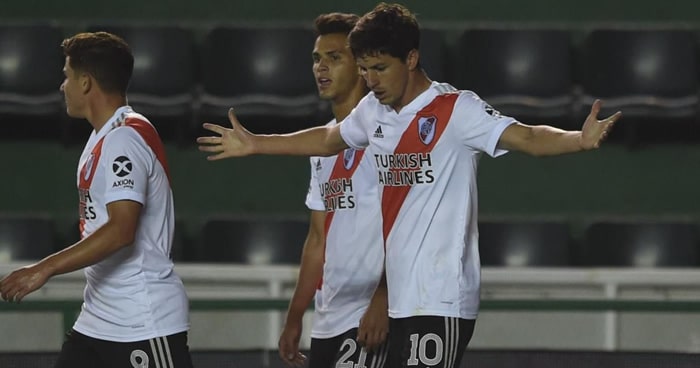“The virtual format became an indispensable tool for every artist,” says harpist Miguel Ramírez, president of Arpistas Paraguayos Asociados (Arpa), when referring to the modality, a group that presented its first international online festival in June.
Ramírez mentions that the experience helped him learn about the use of virtual tools that help in the dissemination and promotion of events “to reach a larger audience”, as well as the possibility of exploring from the educational side. “During this time of confinement, I dedicated myself to teaching the harp, I had students from other cities in the country and abroad,” he says.
Likewise, he foresees that face-to-face recitals will return soon since “the public misses the experience of going to a concert” and adds that the situation proves that the best thing for an artistic event is to take it in person. “The virtual does not reach the magic of the face-to-face,” he says.
ADAPTATION. When evaluating the modality, the flutist Patricia Álvarez, who experimented with this adaptation, with the recital With you from a distance, offered in July with his father, maestro Luis Álvarez, and other musicians, focused on the public.
“I highlight the interest of our audience after being absent from the theaters and on the screens for so long,” he mentions, noting that it was “something totally new”, an unknown format and that for that reason it presented some difficulties, such as at the time of acquiring the tickets and at the time of accessing the concert and appreciating it.
“Many people told me that they turned to their relatives, children, grandchildren, to connect to the computer or smart TV, and to be able to watch the recital from their homes,” says the flutist who highlights as positive the option of appreciating the show at any time , not only during its premiere. “It was a relief for those who couldn’t make it on time,” he says.
He also qualifies as “different” the fact of not having had any audience present throughout the presentation, a situation that was felt sharply in the absence of applause and other expressions of affection. “It was learning because we were able to appreciate what a hug means, a word of encouragement, of recognition; It was very gratifying once they attended the show, the messages reached us through the networks or cell phones ”, he highlights.
OPPORTUNITY. “It gave us the possibility of taking advantage of the virtual tool to reach an audience that is more extensive than simply face-to-face concerts”, assesses maestro Diego Sánchez Haase, president of the Paraguayan Bach Society, when referring to the experience experienced with the cycle virtual Fusion of two worlds. The Baroque in America and Europe.
The proposal presented interviews with international references of the music of Johann Sebastian Bach and recitals of the group that makes up the Society performing his compositions.
By highlighting the possibility of “reaching more people”, the teacher mentions in return, “playing live will never be able to be replaced by virtuality”, since face-to-face recitals allow “sharing energy with the public”, but Despite this difference, the online option will not be ruled out. “When we return to normality, we will continue using the virtual tool that allows us to expand our work to the whole world,” he says.
– .


